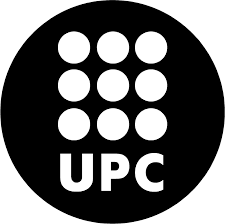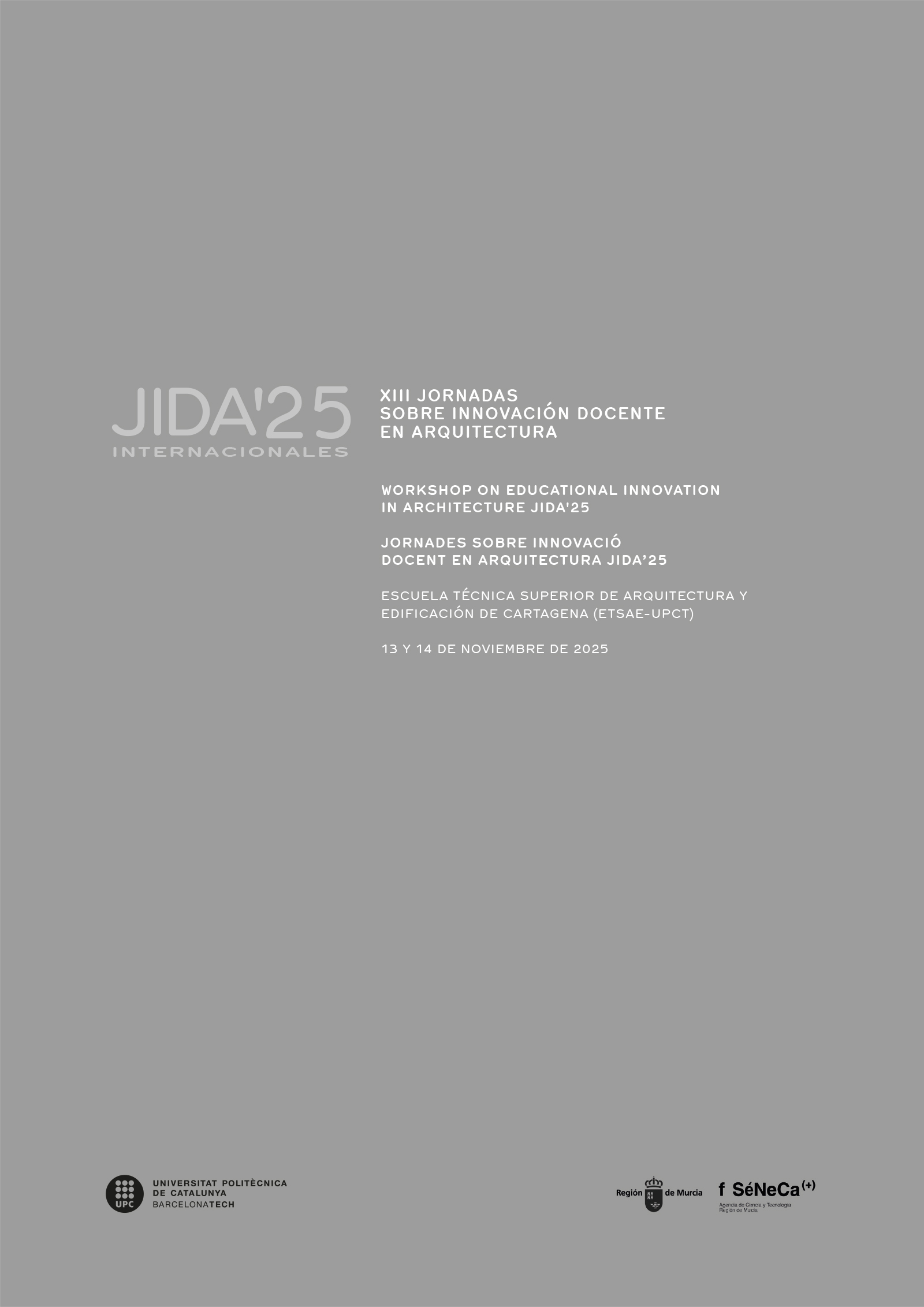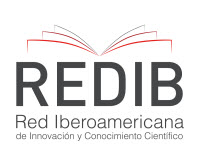Common Lab: design-based research through cultural appropriation practices
DOI:
https://doi.org/10.5821/jida.2025.13673Keywords:
situated architecture, counterculture, cultural appropriation, design-based research, common labAbstract
Common Lab is developed within the final-year cycle of the Architecture School at Universidad UNIACC (Chile), conceived as a collective process of design research. The experience addresses architectures of cultural appropriation that emerged in Santiago during the 1980s, amid censorship and exclusion. Through a research by design approach, the methodology combines archiving, hypothesis formulation and speculative design, alongside project development and social integration. The framework draws on situated knowledges (Haraway), performance epistemology (Taylor), and Atelier Bow-Wow’s ideas of Behaviorology and Commonalities, enabling subaltern practices to be recognized as producers of architectural knowledge. Outcomes show that projects can act as situated research, fostering learning beyond formal design toward interpreting conflicts and cultural mediation. The model has built a shared archive, shown transferability, and stimulated debate on graduation as a collective process of knowledge production.
References
Awan, Nishat, Tatjana Schneider y Jeremy Till. 2011. Spatial Agency: Other Ways of Doing Architecture. Londres: Routledge.
Boer, Laurens, Jared Donovan y John Buur. 2019. Design Research Through Practice: From the Lab, Field, and Showroom. Ámsterdam: Elsevier.
Donoso, Karen. 2013. El apagón cultural: la censura en la prensa chilena y el golpe de Estado de 1973. Santiago de Chile: LOM Ediciones.
Errázuriz, Hernán y Gonzalo Leiva. 2009. El golpe estético. Santiago de Chile: Ocho Libros Editores.
Haraway, Donna. 1988. “Situated Knowledges: The Science Question in Feminism and the Privilege of Partial Perspective.” Feminist Studies 14 (3): 575–599.
Haraway, Donna. 2016. Staying with the Trouble: Making Kin in the Chthulucene. Durham: Duke University Press.
Hertz, Garnet. 2012. “Critical Making.” CTheory. Victoria: University of Victoria.
Ratto, Matt. 2011. “Critical Making: Conceptual and Material Studies in Technology and Social Life.” The Information Society 27 (4): 252–260.
Richard, Nelly. 1986. Margen de la cultura: La modernidad en debate. Santiago de Chile: FLACSO.
Richard, Nelly. 2020. Abismos temporales: Feminismo, estéticas travestis y teoría crítica. Santiago de Chile: Editorial Palinodia.
Salama, Ashraf. 2015. Spatial Design Education: New Directions for Pedagogy in Architecture and Beyond. Farnham: Ashgate.
Schechner, Richard. 2002. Performance Studies: An Introduction. Londres: Routledge.
Schön, Donald. 1983. The Reflective Practitioner: How Professionals Think in Action. Nueva York: Basic Books.
Taylor, Diana. 2003. The Archive and the Repertoire: Performing Cultural Memory in the Americas. Durham: Duke University Press.
Tsukamoto, Yoshiharu y Momoyo Kaijima. 2010. Behaviorology. Tokio: Atelier Bow-Wow.
Verbeke, Johan. 2013. “This Is Research by Design.” En Design Research in Architecture: An Overview, editado por Murray Fraser, 129–146. Farnham: Ashgate.
Till, Jeremy. 2009. Architecture Depends. Cambridge, MA: MIT Press.






















